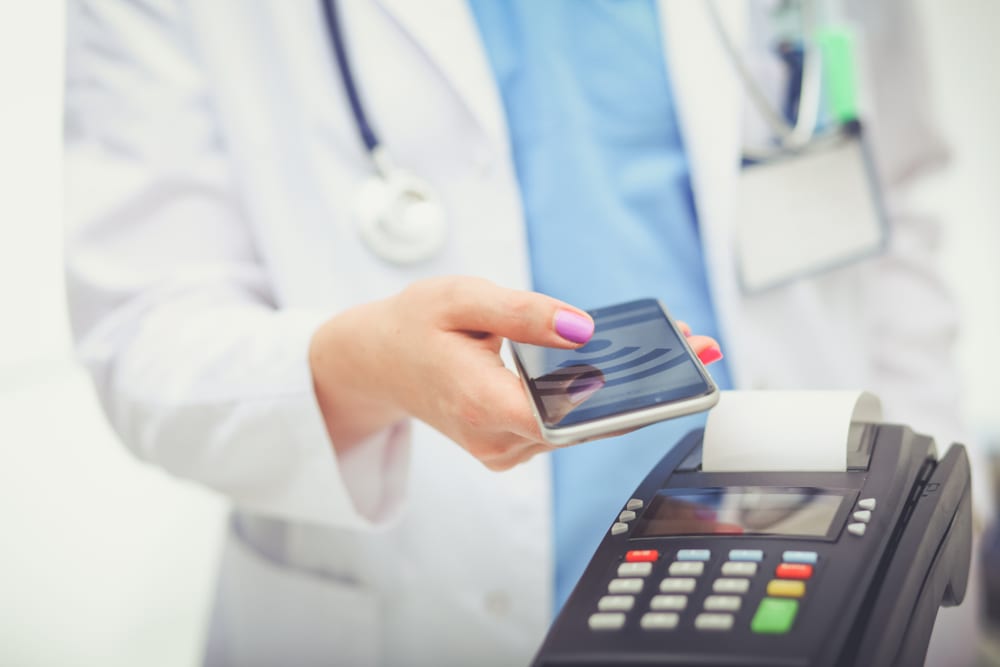Time for Real-Time Payments in the Healthcare Space?

Real-time payments in the healthcare space, while catching on, are far from ubiquitous at this point. As reported by PYMNTS.com, barriers to real-time payment adoption remain, despite the benefits observed in other consumer-facing industries like insurance and financial services.
The costs involved in implementing new services are among the top concerns for payment providers, of which 17 percent indicated they pay fees to use electronic payment systems. Many providers are also concerned about the potential return on investment (ROI). They worry that electronic systems would not positively affect revenue issues.
One does not have to look far to see that these fears are not based in reality. PYMNTS.com goes on to explain that these systems could save approximately $240 million for claim submissions. Furthermore, automated real-time payments could also result in as much as $7.9 billion in savings for providers -- not a bad ROI!
Also, patients -- consumers -- who immediately receive insurance claims in their bank accounts (as opposed to waiting days or weeks for checks to arrive in the mail) are more likely to remain with their current providers rather than shop around for a better fit. Let's remember that, more and more, American consumers are growing accustomed to digital payments in any and all aspects of their lives -- millennials in particular, and they are fast becoming the country's central demographic. Also, higher deductibles mean patients want a smooth path to payment.
Additionally, real-time payments can provide a boost to the workflows for revenue cycle.
Real-time payments could result in more efficient payment operations that improve payer-to-provider flows by quickly issuing disbursements from payers to healthcare providers. Electronic messaging standards, such as ISO 20022, could also repair healthcare’s reconciliation issues. Payments made using such standards could include information clarifying whether funds were used for surgeries, prescriptions or dental work, for example. They can also prevent staff from having to track down paper checks.
Real-time payments have the potential to positively impact healthcare, especially when it comes to revenue cycle. OrboGraph is a proponent of electronifying payments and other documents like correspondence letters as it not only strengthens revenue for healthcare providers, but also improves the workflows, allowing revenue cycle management professionals to view the full scope of the payments.